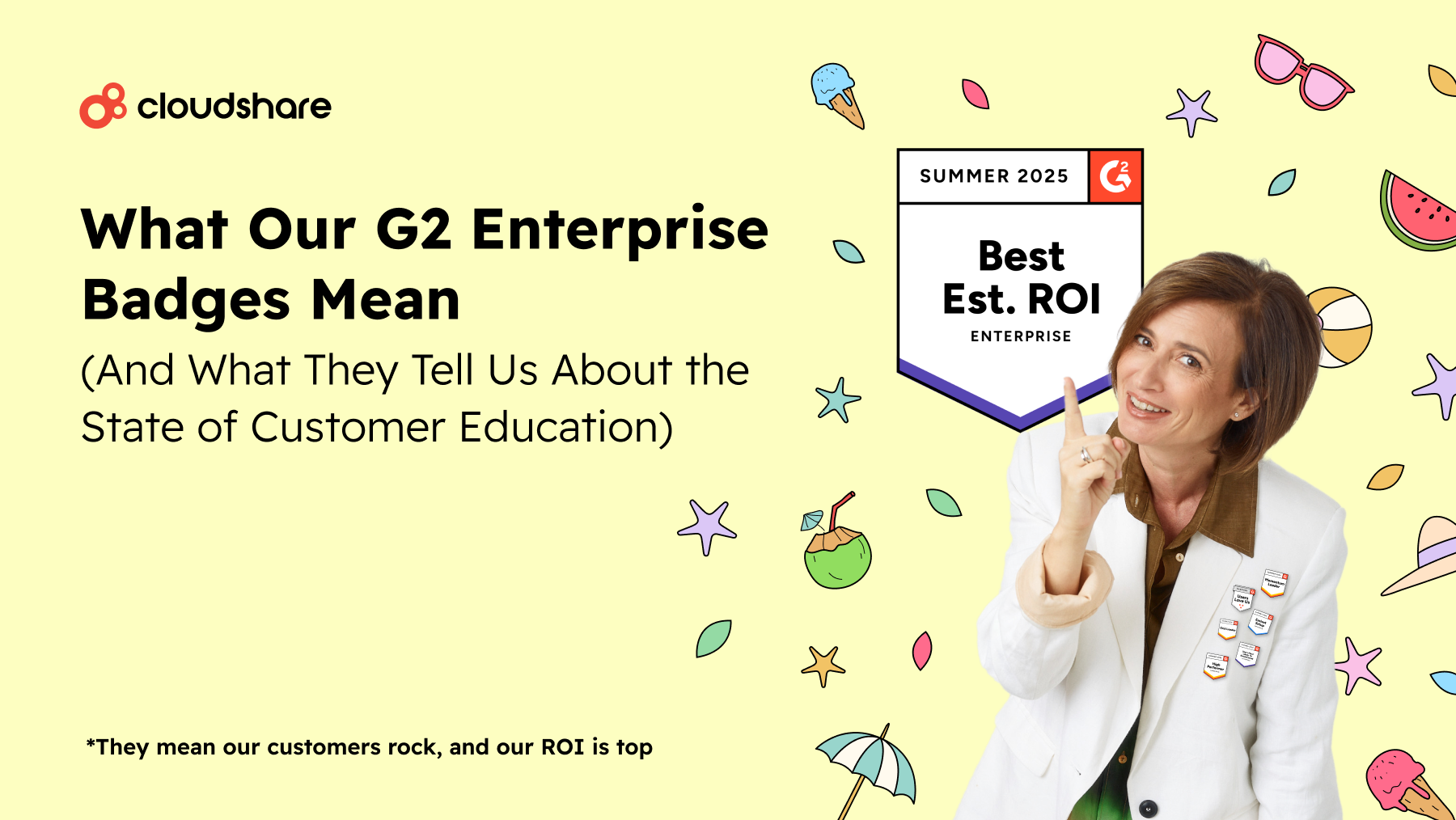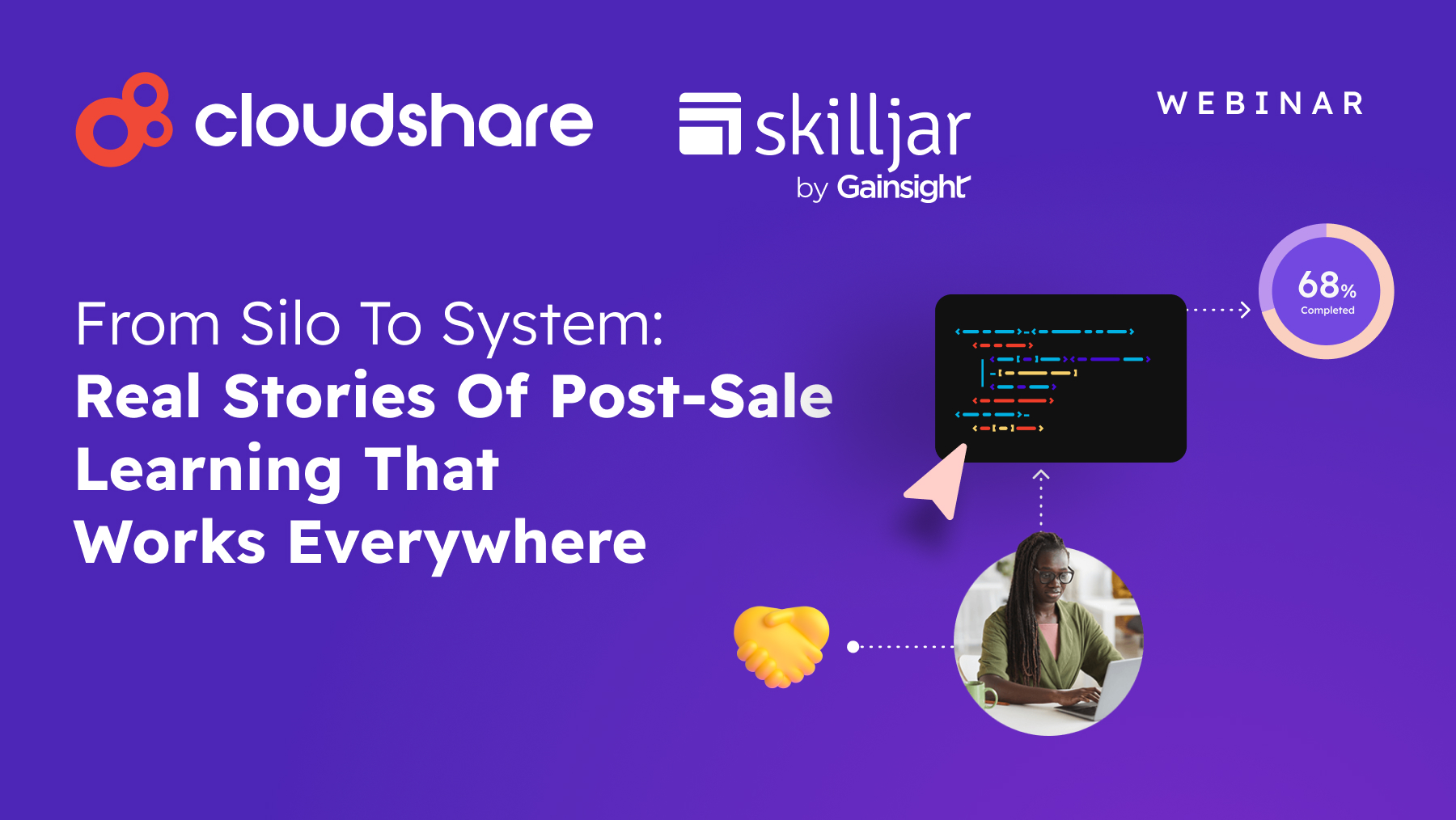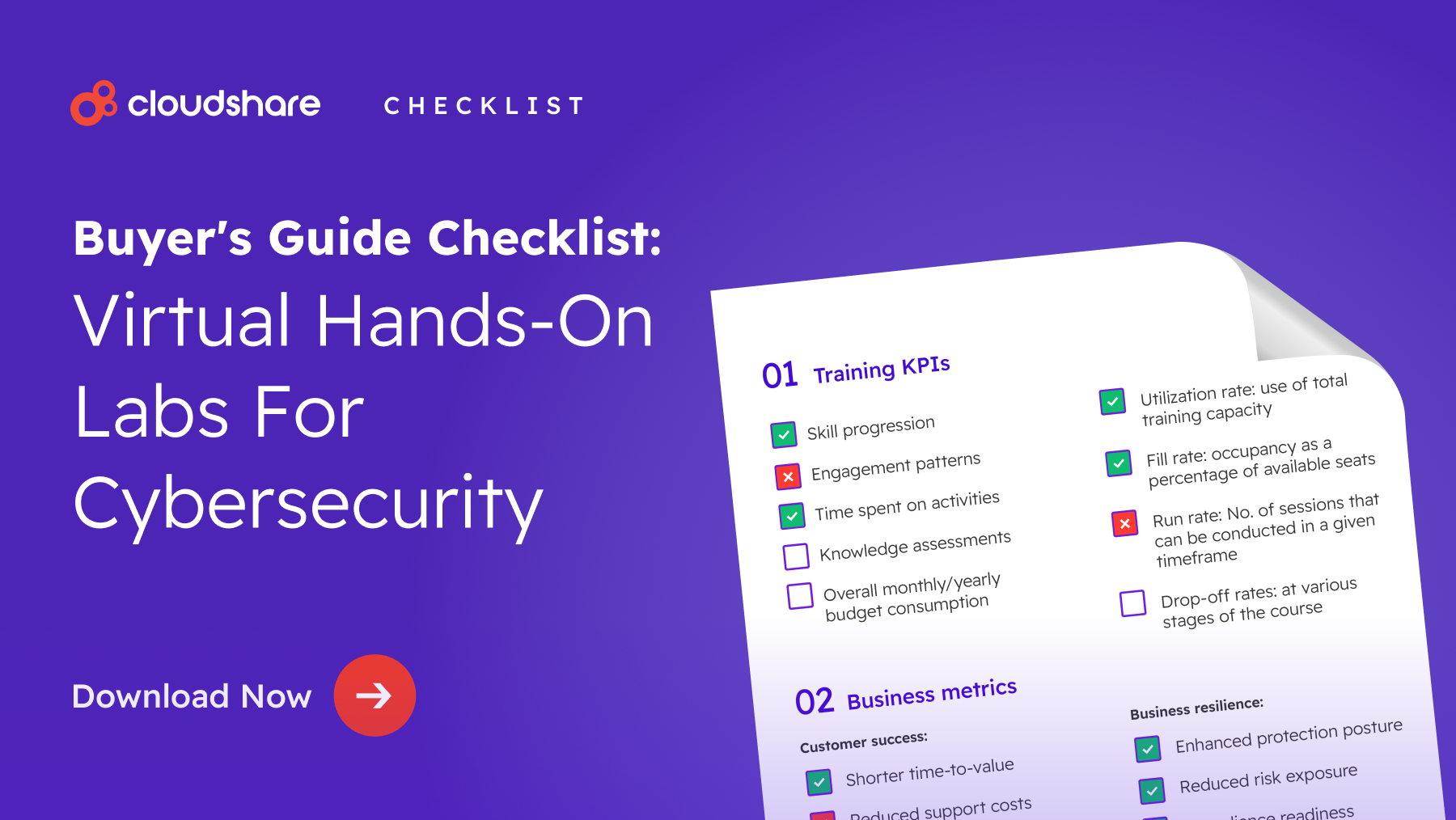Glossary
Education Qualified Leads
An education-qualified lead (EQL) is a prospect who has engaged in some way with a customer education campaign. They’ve not only demonstrated that they’re interested in your company’s products and services, but they’re also knowledgeable about them. This knowledge generally makes them much likelier to convert.
The Different Categories of Lead Qualification
Qualified lead generation tends to be a pretty diverse process. There are a ton of different markers and flags that someone may be interested in making a purchase. Not only that, those markers tend to differ between companies.
Usually, however, qualified leads fall into one of three buckets, depending on where they are in the sales funnel:
Marketing Qualified Leads (MQLs)
MQLs are fresh prospects who’ve engaged with your company’s marketing efforts in a way that historically has indicated interest in becoming a customer. They usually exist around the top of the funnel. Common indicators that a prospect is an MQL may include:
- Downloading a white paper
- Registering for/attending a webinar
- Subscribing to a newsletter
- Clicking an advertisement
Sales Qualified Leads (SQLs)
SQLs are prospects who’ve demonstrated high engagement and/or clear purchase intent. They tend to be around either the middle or the bottom of the funnel. Common indicators of SQLs include:
- Speaking directly to your sales team
- Requesting a quote
- Requesting a product demo
Product Qualified Leads (PQLs)
PQLs are bottom-of-funnel prospects. The main thing that separates them from SQLs is that they’ve experienced your software first-hand, such as through a free trial or hands-on demo. They’re typically just a few steps away from becoming a paying customer.
How to Qualify a Lead Through Customer Education
Just as a customer education program overlaps with both sales and marketing, EQLs overlap with both MQLs and SQLs. Although they’re knowledgeable about your product, they haven’t necessarily committed to making a purchase. They are, however, likely to be much more amenable to hearing a sales pitch.
So how do you determine whether a lead attracted through customer education is qualified? There’s no blanket answer to that question. You’ll need to figure out for yourself which behaviors signify intent.
Collaborating with both sales and marketing will enable you to develop an education-focused lead scoring system. Some of the factors you’ll want to consider include:
- How many courses a prospect has enrolled in versus how many courses they’ve completed.
- The type of educational content with which a prospect has engaged — are they interested in details about your software, or do they seem focused on more general knowledge?
- Whether the prospect has completed any in-depth certification programs or courses.
- The prospect’s background. For example, if you’re selling project management software for IT professionals, someone who works for a marketing agency isn’t as likely to be interested.
- How the prospect got here. Were they drawn in by your marketing efforts, or did they find your website another way?
You could also consider asking each person why they’re downloading a particular piece of content or enrolling in a specific course. After all, there are plenty of reasons beyond purchasing your software that someone might be engaging with your education program.
Maybe they’re interested in learning more about your industry, and your courses seem like a good place to start. Maybe they’re simply doing market research, and don’t plan to make a purchase anytime soon. Maybe they’re a business partner who’s planning to work with the materials while developing marketing collateral. |Or perhaps they work for one of your competitors and want to “borrow” some of your ideas.



